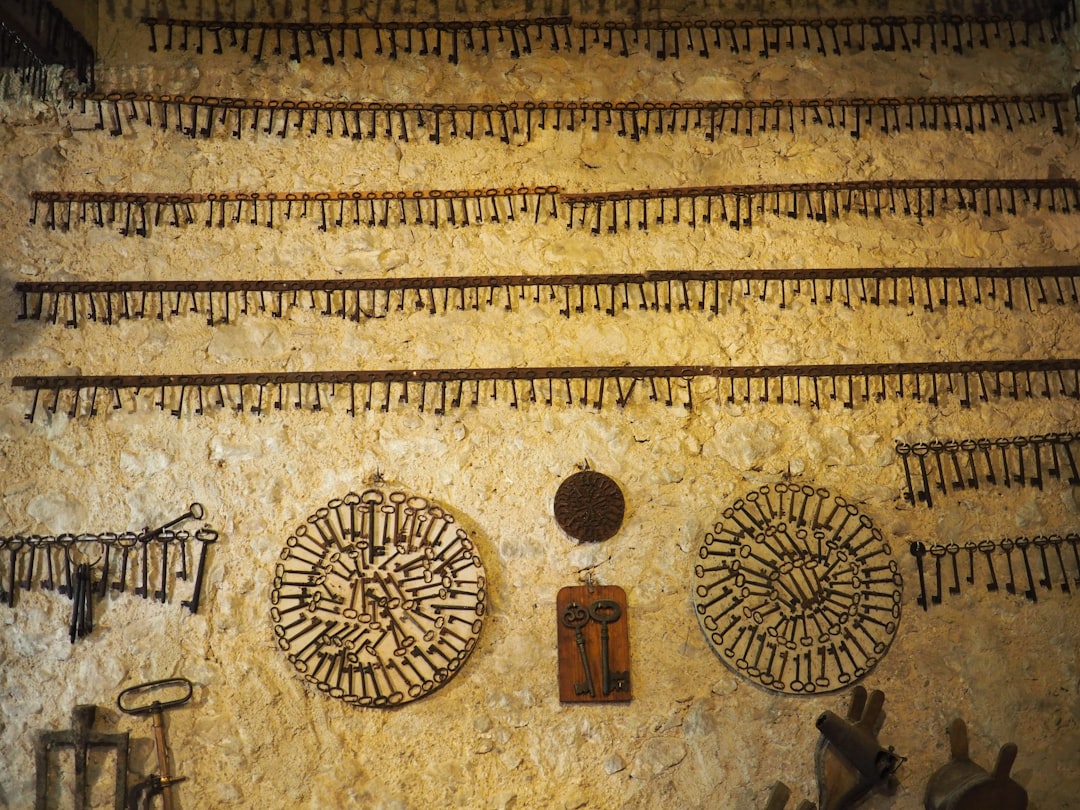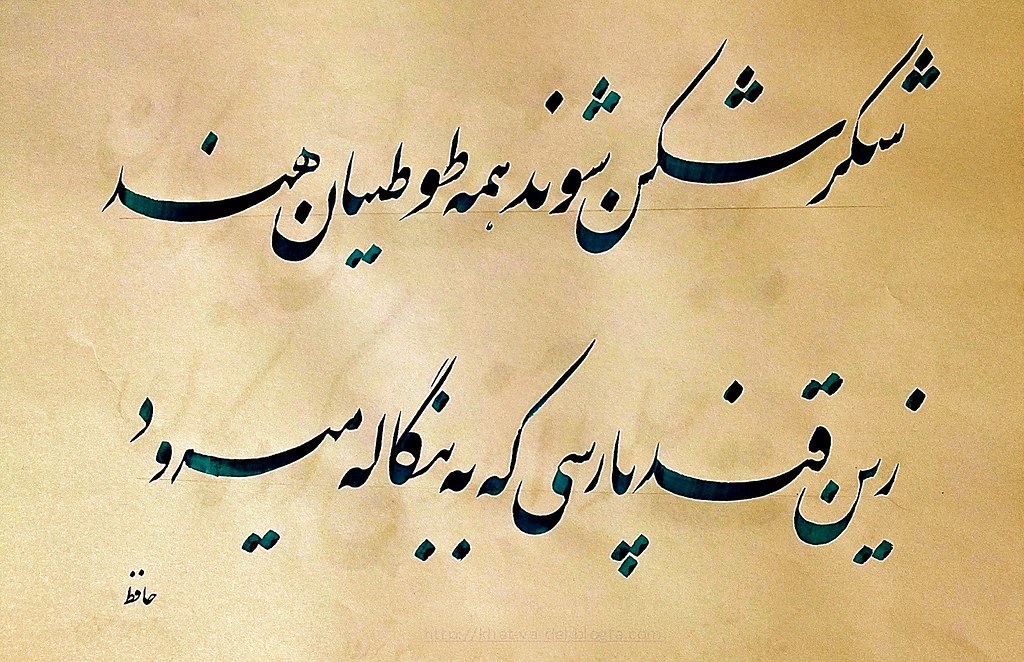Persian poetry has long been admired for its profound meanings, rich metaphors, and spiritual depth. But equally enchanting—and sometimes less discussed—is its music. Persian verse is not just a vehicle for meaning; it is an instrument of sound. The beauty of rhythm, rhyme, repetition, and sonic harmony is a vital part of the poetic experience, one that continues to echo across centuries, borders, and even languages.
But can this musicality survive translation? The answer is both yes—and not entirely. Let’s explore how Persian poetry sings to us, and how that song can still be heard, even when its language shifts.
The Musical Roots of Persian Verse
The very structure of classical Persian poetry is built around meter and rhyme. Whether in the delicate ghazal, the expansive masnavi, or the lofty qasida, Persian poets wrote with a deep attention to musicality.
-
Meter (wazn): Persian poetry uses quantitative meter, based on long and short syllables in repeating patterns. These patterns create a rhythm that is pleasing to the ear and easy to memorize.
-
Rhyme and Radif: In forms like the ghazal, every couplet ends with the same rhyme (qafiyah) followed by a repeated word or phrase (radif), producing a hypnotic musical cadence.
Even without instruments, poetry was a performance—recited aloud in royal courts, Sufi gatherings, and everyday homes, echoing like music in the soul.
Why Sound Matters
Persian poetry wasn't just read—it was heard and felt. The rhythmic rise and fall, the repetition of vowels and consonants, the interplay of rhyme and meter all contribute to a physical, almost meditative experience.
Poets like Hafez, Rumi, and Saadi didn’t just speak truths—they made those truths dance on the tongue.
Consider the opening of Rumi’s Masnavi:
بشنو از نی چون حکایت میکند
وز جداییها شکایت میکند
Listen to the reed as it tells its tale,
Complaining of separations it bewails.
The repetition of the “-ad” sound, the internal music of hekāyat and shekāyat, and the emotional resonance of the reed’s voice create a harmony that is both musical and meaningful.
Translation: A Necessary Transformation
No matter how skilled the translator, some musicality is inevitably lost. Persian’s unique rhythm, rhyme schemes, and vocabulary don’t always have direct equivalents in English or other languages. But that doesn’t mean all is lost.
Great translators try to echo the music, using poetic rhythm, internal rhyme, or lyrical phrasing. Some even choose to forgo literal meaning in favor of preserving poetic form, understanding that poetry is as much about feeling as it is about facts.
For example, translators like Coleman Barks (though he doesn’t know Persian) or Dick Davis (a scholar-poet) have helped introduce millions to the spirit and sound of Persian poetry, even when some formal elements are adapted.
Hearing Through the Silence
Even if you don’t speak Persian, listening to a poem in its original language can still stir something inside. The melodic quality of Persian—its soft consonants, flowing syllables, and rich vowels—makes it particularly musical. Recordings of Persian poetry recitations, especially by masters of voice, convey emotional depth through tone, pace, and rhythm.
Pair that with a good translation beside it, and you begin to appreciate not just the what, but the how—not just the meaning, but the movement of the verse.
Musicality in Modern Adaptations
Contemporary artists and musicians continue this tradition by setting classical Persian poetry to music. From traditional Iranian vocalists like Mohammad Reza Shajarian to modern fusion artists, these performances bring the sound of the poetry to the forefront.
Even in English-language settings, poets and musicians have used rhythm, rap, chant, and spoken word to reinterpret Persian poetic works, showing how universal its musicality truly is.
Final Thoughts
To truly appreciate Persian poetry, one must embrace both sound and sense. The music of the language is not just a background element—it’s part of the message, the magic, the movement of the soul.
Even in translation, we can still feel this rhythm—sometimes faintly, sometimes clearly—like a melody remembered from a dream. Listening to the poetry in Persian, even without understanding every word, can awaken something deeper: a connection to beauty that transcends language.
In a world often focused on clarity and speed, Persian poetry invites us to slow down, listen, and let the music of meaning wash over us.





